历史频道.美国:我们的故事

EP1 First Settlers
- 1610.5.10 John Rolfe
- Jamestown, Virginia
- the starving time
- grows tobacco
- John Rolfe marries Pocahontas
- Jamestown booms after people grow tobacco successfully
- tobacco was then us's biggest export for 150 years
- 1620 another group of English arrived at Plymouth, Massachusetts - by Mayflower
- pilgrims: a group of puritans
- William Bradford- their leader
- fun fact: 10% of Americans can trace their ancestry back to the Mayflower
- Pokenoket and pilgrims fight another tribe, formed friendship, had feast -- Thanksgiving
- agriculture becomes dominant in the south, primarily on plantations with slaves
- Irish, Germans and Swedes settle in the west
- Dutch settled New Amsterdam which later became New York
- 13 colonies formed
- 1768 Boston, British officials raided John Hancock's ship, triggering riots that sweep through Boston.
- rich people are unhappy about the taxes they pay for British government
- British soldiers putting down the protests and newspaper spreading the news made everyone angry
1700-1800, a lot of Africans were brought to American colonies, mostly went to plantations in the south
British soldiers killed colonists- Paul Revere engraved it and make people angry

- Boston Tea Party
- people dump tea into Boston Harbor to protest the tax they still pay

1774
John Adams, Patrick Henry, George Washington are among them
unite
Lexington first shot
60 farmers-based militias vs. 900 British soldiers
American revolution begun
American Revolution
- Philadelphia crisis meeting-- second continental congress
- includes Ben Franklin, Thomas Jefferson, John Adams
- birth of America democracy
- 1776.7.4
- the Declaration of Independence
- 1776 New York became battle ground
- George Washington is the commander
- Washington lost the battle
- American soldiers were driven to the wilderness
- After loses of New York, Americans decided to fight using guerilla (游击战)
- Native American scouts allied with British army were targeted first
- 1777 General Burgoyne surrendered at Saratoga -- turning point
- the victory convinced France to join the war on America's side
- small pox- during valley forge winter(Pennsylvania)
- solved using inoculation campaign
- Washington's spy network at New York helped save the French fleet and helped him won
- 1781 Yorktown, final battle
1789

Westward- the West Move
Cumberlain Gap
1775 west of cumberlain gap, native American
- King of England bans expansion to the west
- Danial Boone and Shawnee (A native American tribe) goes to Kentucky
- 1803 Luisana Purchase: Thomas Jefferson bought Luisiana from France

- Expedition to the Rockies: 90 mountains range
- beavers being hunted for pelts
- 1846 big migration to Oregon and California
- the Donner party, misled by a guidebook, went on a "shortcut" travelling through Sierra Nevada mountains, trapped in a big snow for five mounths, cannibalism
- the Donner Pass/ the Lincoln Highway
- Gold Rush 5 years
- 1836 Texas, Alamo
- Mexico and California became American
- Abraham Lincoln
- his mom got milk sickness
- 1820s

- Mississippi from Minnesota to New Orleans
- Lincoln went on a raft down to Mississippi. He saw steam boat
EP.5- Division
cotton in the south, industry in the north
four million black slaves
- 1825 industrial revolution, the Erie Canal
- Dewitt Clinton, by then New York mayor
- New York becomes the nation's NO.1 port
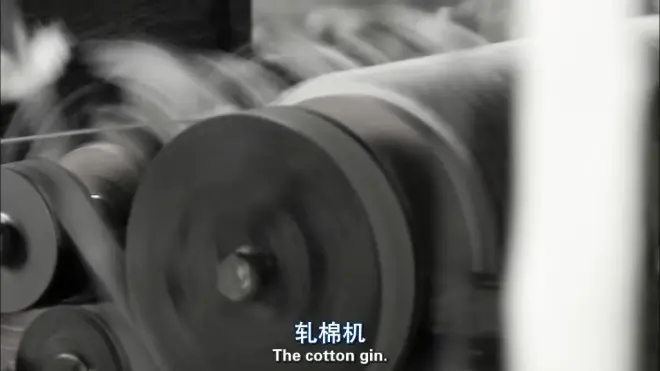
- mass production by using a machine
- cotton gin makes slavery increase
- cotton heads west in search of fertile land and brings slavery with it

a lot of whale hunting
whale oil

Federick Douglus wrote a biogrophy

Harriet Tubman, an escaped slave, helps slaves escape
1850 slavery becomes more and more about a moral issue

the spread of news makes people in the north angry

mainly appeals to women who are becoming politicalized for the first time
antislavery
bloody Kansas


1589 John Brown

robbed arsenal and No slaves joined him and he is trapped

Tension
Abraham Lincoln becomes president
1850 11 southern slave states secedes from the Union
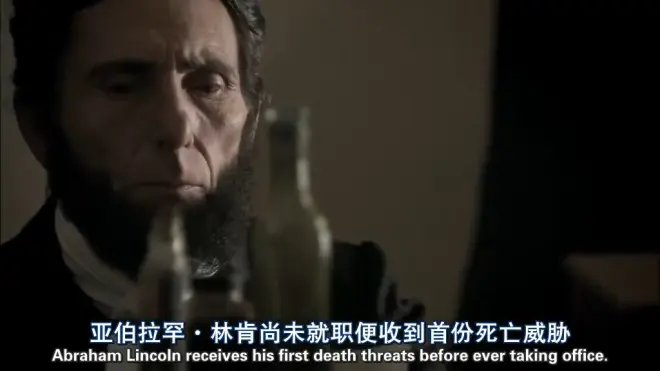
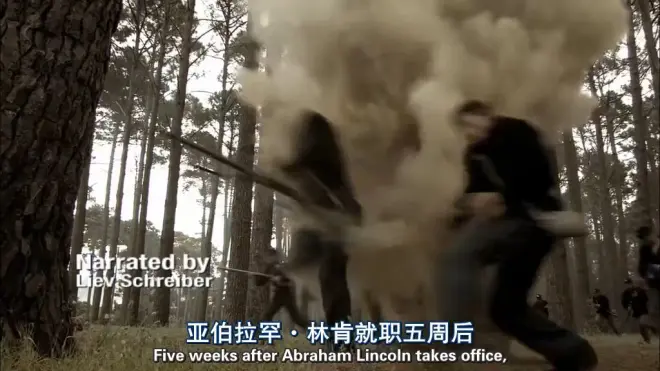

civil war lasted four years
Civil War
1862
molten lead, called mini ball, lethal bullet
Civil War- the first war took place after industrial revolution
new weapons + outdated battle tactics = many many people died
1862

southern independence
Lincoln uses railway to send troops and supplies to the south.
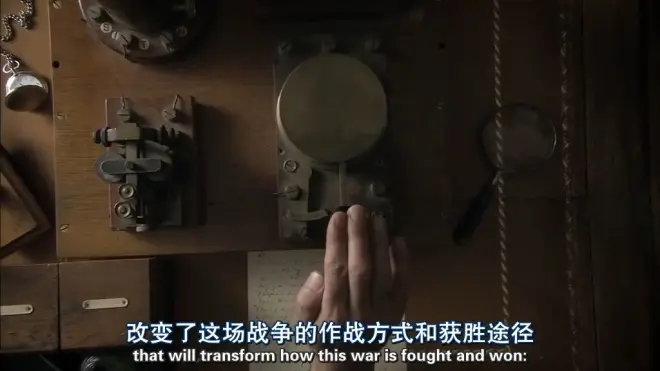
telegraph, morse code 1844, first tool of mass communication
the north telegraph system,
battlefield medicine
Clara Barton - volunteer nurse, found American Cross
the war for public opinion: battlefield war to the public
embalming- 丧葬行业发展
1863 Lincoln emancipation Proclamation 解放奴隶宣言 African-Americans join the Union
later that year he made his most famous speech - the Gettysburg Address
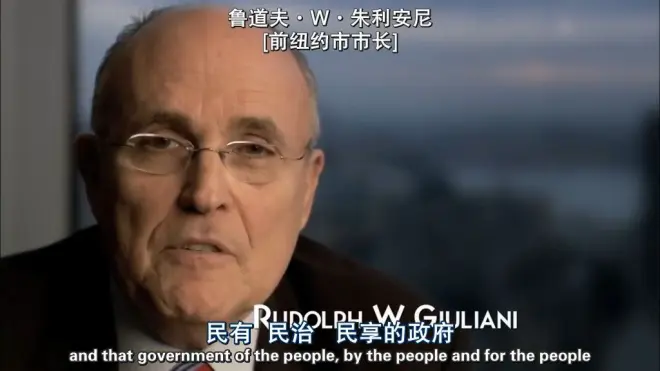
final blow

scorched earth approach - cut supplies, burn villages, destroy everywhere they went
total war- Atlanta ruined,
March to the sea,
inferior logistic infrastructure
EP6- Heartland
1865 the great plains
To conquer the wilderness and unite east and west, a transcontinental railroad is built

biggest obstable: the Sierra Nevada, a 12,000-foot wall of granite
Theodore Judah
over 10000 Chinese labor built the transcontinental railway.
1869 done
the transcontinental railway brough a mass migration to the great plains
Homestead Act - almost free land
Prairie, trees can't survive summer droughts, mud huts
challenges
example: Nebraska
a lot of insects
windy weather, tornados, locusts become a plague
the great plain became the bread basket 粮仓 of the country

buffalo around 1870-1889 30,000,000 to 89 wild buffalo
1865
texas 6,000,000 wild cattle
Texas is still untamed west
people heading to Texas, cowboy
cowboys drive wild cattle from Texas to the railroad in Kansas.
lasts 20 years
1876 Native Americans isolated in reservations for a century
1890 Wounded Knee Creek last independent Native American tribe. Massacre
1883 four time zones, standard time is born
mail-order catalog sells things all over the country
EP7- Cities
- 1885 French donated the Statue of Liberty to America to celebrate the centenary.
- Joseph Pulitzer owns the newspaper the New York world launched a big fund-raising campaign
- the copper acided and turned to green


- 1880-1930, nearly 24 million new immigrants arrive in the US
- Early 20th century, American cities seek to expand up. It needs important material - steel.
- Pittsburgh, Andrew Carnegie, iron millionaire, is the first ever to mass produce steel.
- Carnegie built the largest steel plant. But he experienced economy collapse.
- Bessemer process: a simple method to produce steel(blast hot air through molten iron) made mass production possible
- Steel production transferred Pittsburgh into industrial heart of the nation
- Rich industrialists and financiers gather in New York
- Gilded Age
- American cities are exploding
- Crime
- National crime register - Thomas Byrnes using photographs(mug shots) to identify criminals and building psychological profiles changed detective work.
- slums
- Riis shows the pictures of slums and makes people tackle the problems.
- filth
- Waring collects waste.
- Cities build sewers.
- Electric light bulb
- Thomas Edison - gets a filament to burn slowly in a vacuum.
- The stakes are high.
- 1911 Triangle Shirtwaste Factory fire.
EP.8 Boom- oil, cars, cities 1920s
1900 Texas, oil, Spindletop
making the US the largest oil producer
1908 Detroit, modal T, Henry Ford changes how cars are made. He made revolutionary cars and a revolutionary way- production line, made cars affordable to common people.


land grab
"Built on oil, fueled by cars and movies, LA is the fastest growing city in the world."
water problem
Mulholland finds water for southern California.
He finds Owens Valley, the lake water could flow to LA.
The Los Angelas Aqueduct 洛杉矶引水渠 the largest water project at the time, finished in 1913, but it's very controversial for it devastated the water source region and made it a wasteland.
1915-1930, the Great Migration, 150 million black people moved from the south to the north.
Conflicts between white and black workers.
1918, Chicago, whites refused to sell houses to black people.
Red Lining, white people draw lines to indicate where black people can buy houses
1919, Chicago Race Riot starts because a white threw stone at a black man and caused the black man's death. The police didn't arrest the white man but arrested a black instead.
The Red Summer
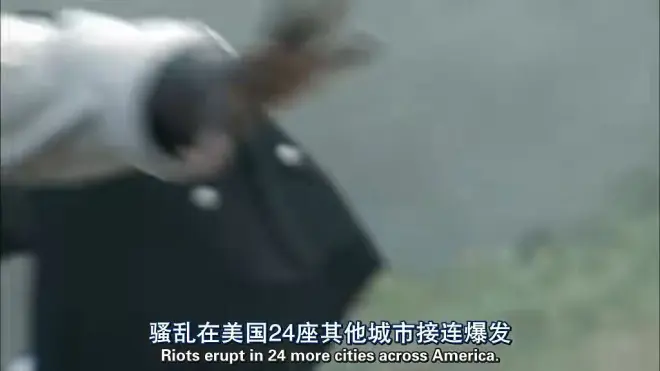

ghettos expand

1920, for the first time, more Americans live in urban areas than rural. Cities become a symbol of decadence and danger.
Alcohol problem.
1919, prohibition and bootlegging

Gangsters involve in illegal alcohol business.
1929, Chicago, seven gangsters died.
Who is behind the St. Valentine's Day massacre? the police or Al Capone

Crimes related to prohibition, unpaid taxed...
1933 the government needs money


1924 women got the right to vote
EP9- Bust 1930s
the Great Depression
1929 stock-market crash- the stock market loses 12 times more money in three weeks than a US government uses in a year.
A man said he got refused by the Bank of the United States to sell his stock. Many people asked to get their money back.

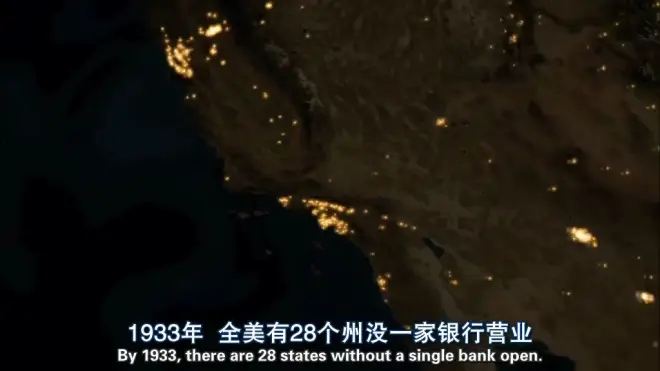
unemployment peaks
Fightback:
vast building projects, publicly funded, privately built
1931 Hoover Dam, Colorado River Dam was built by Frank Crowe
Hoover Dam is the first large concrete dam in history.
- diver the river around the worksite
- build the colossal wall
how to cool the concrete?
pipes carrying cold water to the dam to cool down the dam.

Hoover Dam makes a town boom.
1934
dust storm, from the Great Plains to the Atlantic Ocean.

caused by extended droughts, high winds, the loss of topsoil
many people escaped Dust Bowl

government's public-works programs
President Roosevelt's New Deal reinvigorates the country

public works aren't working, free enterprise is stagnating.
It will take WW2 to pull America out of its economic slump.
EP10 WW2
against Germany, Italy and Japan
1941, Japanese attacked Pearl Harbor
Because of that, factories are put into use again. Many people get back into factories. America sets to work

GP/ general-purpose vehicle/ Jeep
made for the war, tough, fast and low to the ground
B-17 bomber 轰炸机
Manpower: many women work in factories that logistically helped to win the war.
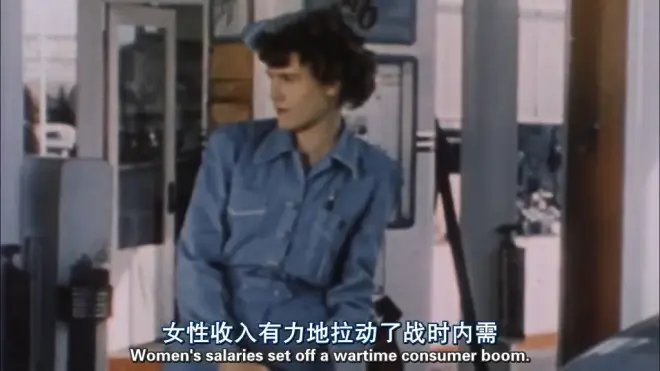
1942 high-altitude precision bombing by day to increase accuracy, aiming at the railway yard at Ruen.
Norden bomb sight machine投弹瞄准器 calculates where to fly and when to drop the bombs.
1944, southern England became a massive Army camp of 3 million Allied troops. Millions of weapons are shipped from America.
1944.6.6 D-Day 诺曼底登陆 France


"Blood is so crucial. The US develops a system of blood banks on an industrial scale."


1945 Manhattan project, New Mexico
Atomic bomb drops in Hiroshima and Nagasaki. Japan surrendered.
EP11 Superpower
The USA has ended WW2 a super power.
postwar, peace time
How to move people and goods across the country's great expanse.
1810s, the paddle steamer, Mississippi river open for trade
1825 the Erie Canal

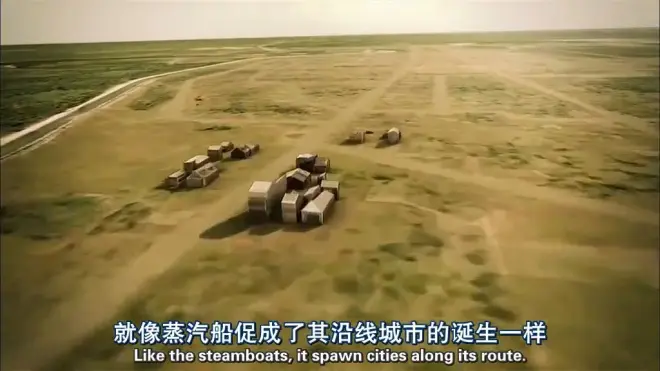
1950s American interstate highway system
good roads need better cars- the age of the automobile
Many towns died because of the interstate highway
house building project on a very large scale

1946 -1964 baby boom
domestic culture, suburban culture

Building houses outside the cities.
Saltbox house
the Levittown - most famous post-war housing
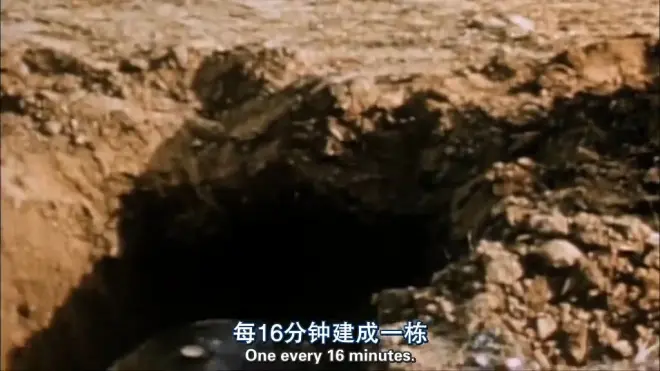
1950s, America mass produces family homes.
identical houses.
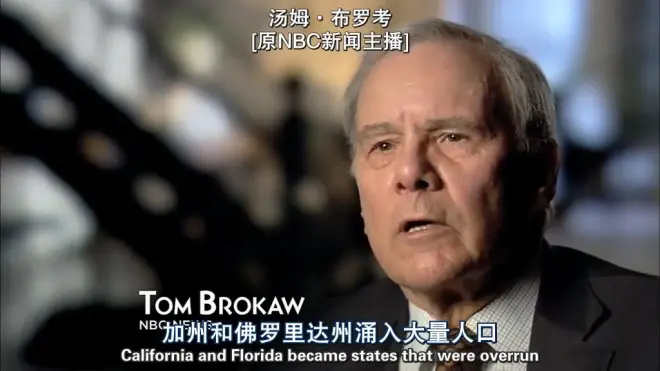
jet age, many airplanes
1969, exploring the space, Apollo Project sends the man to the moon


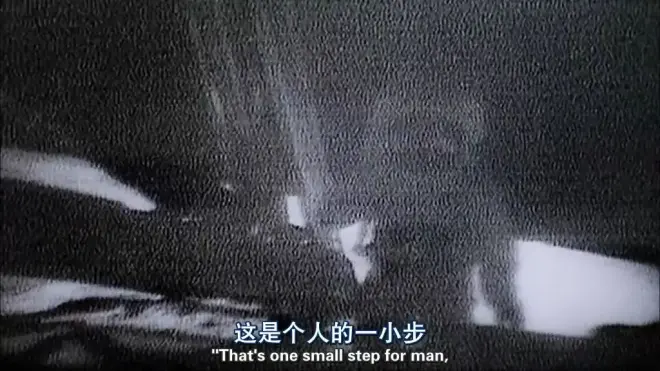
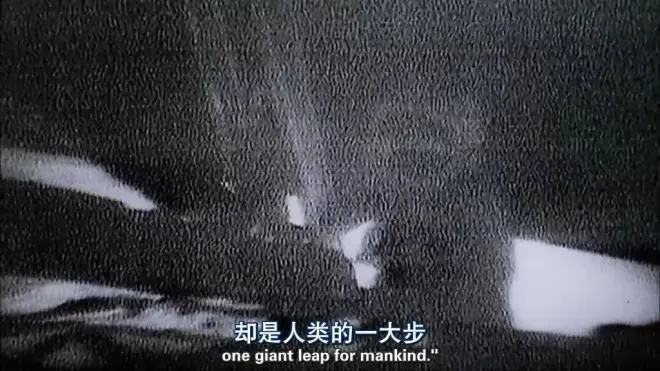
Space Race
1963
After Civil War, segregation took hold in the south.


1948, the military is desegregated. But outside of the military, blacks do not have the same status as whites.
1960s, civil rights movement.
1963, Martin Luther King Jr. launched a speech- I have a dream.
1964, Civil Rights Act, voting rights extended.
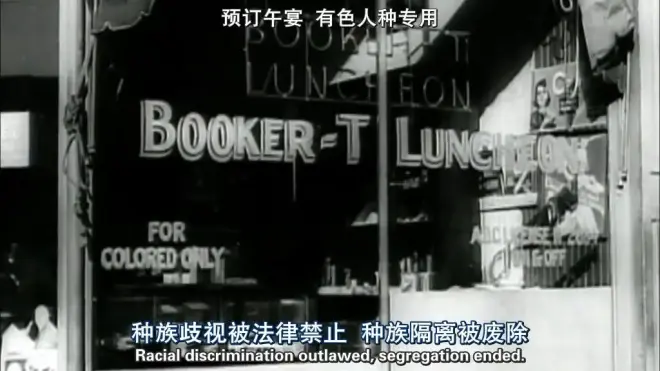

Another problem:
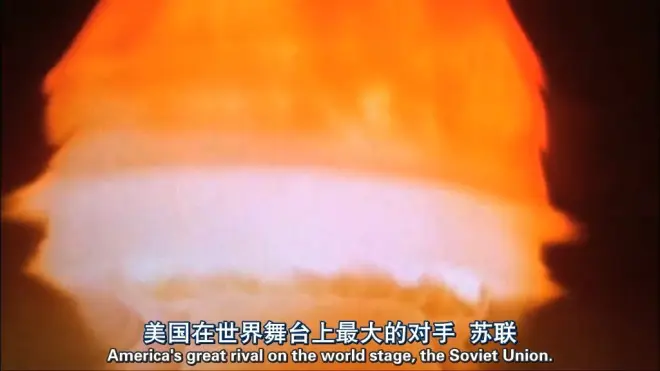
1949, the Soviet Union got the atomic bomb
during cold war
Both sides stockpile weapons to defend themselves against possible attacks.
(weapons in the history)
(against communists)
EP12 Millenium 2000s
1960s the cold war
television
TV will play a defining role in shaping America.
The history of communication technology:
1865 the telegraph helps Lincoln win the war
1985 developed television
1950 Sarnoff created one of the biggest TV broadcast networks in the world.
Vietnam War
US fears that communism will sweep Vietnam and wants to stop its influence.
Power of tv
The US military and all its technology comes up hard against determined guerilla movements.
The generation who are fighting the Vietnam War are baby boomers.
1969, upstate New York, Woodstock(music festival)
1970s, Baby boomers and anti-Vietnam war protests.
Vietnam is the first televised war.
protests are also in television.
1975, the Vietnam War is over.
1974, Nixon, Watergate Scandal
unfolded on tv, corruption and deception revealed
1970s to 1980s, middle east oil crisis, American hostage in Iran.

Unemployment and inflations are at the highest level since the Great Depression.
Reagon, good at communicating, talks on tv
1980s, low interest rates and the easy credit flows lead a business and consumer boom.
The credit card is the symbol of the decade.
the Space Race
the space shuttle -
one of the functions is to launch communication satellites
space-age technology also applied in every day life
1986, challenger space shuttle exploded and 7 normal people died.
Cyberspace
1850, the looms in Lowell cotton mills are automated with paper punch cards.
The holes in the cards instructed the loom to use different colored threads. Switching one color on, one color off - binary code.
1976, Steve Jobs and Steve Wosneak created the world's first practical personal computer.

1969, four computers started to talk to each other down a telephone line - the birth of the Internet.
1990s, California, the Internet boom sparks a second gold rush. -- silicon valley started, high tech companies launched in Silicon Valley.
2001.9.11 world trade center tower, terrorist attack twice, the third one on Pentagon
1990s, nearly 10 million new immigrants

